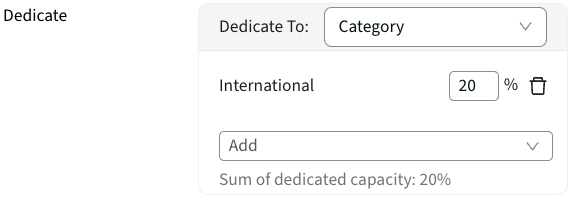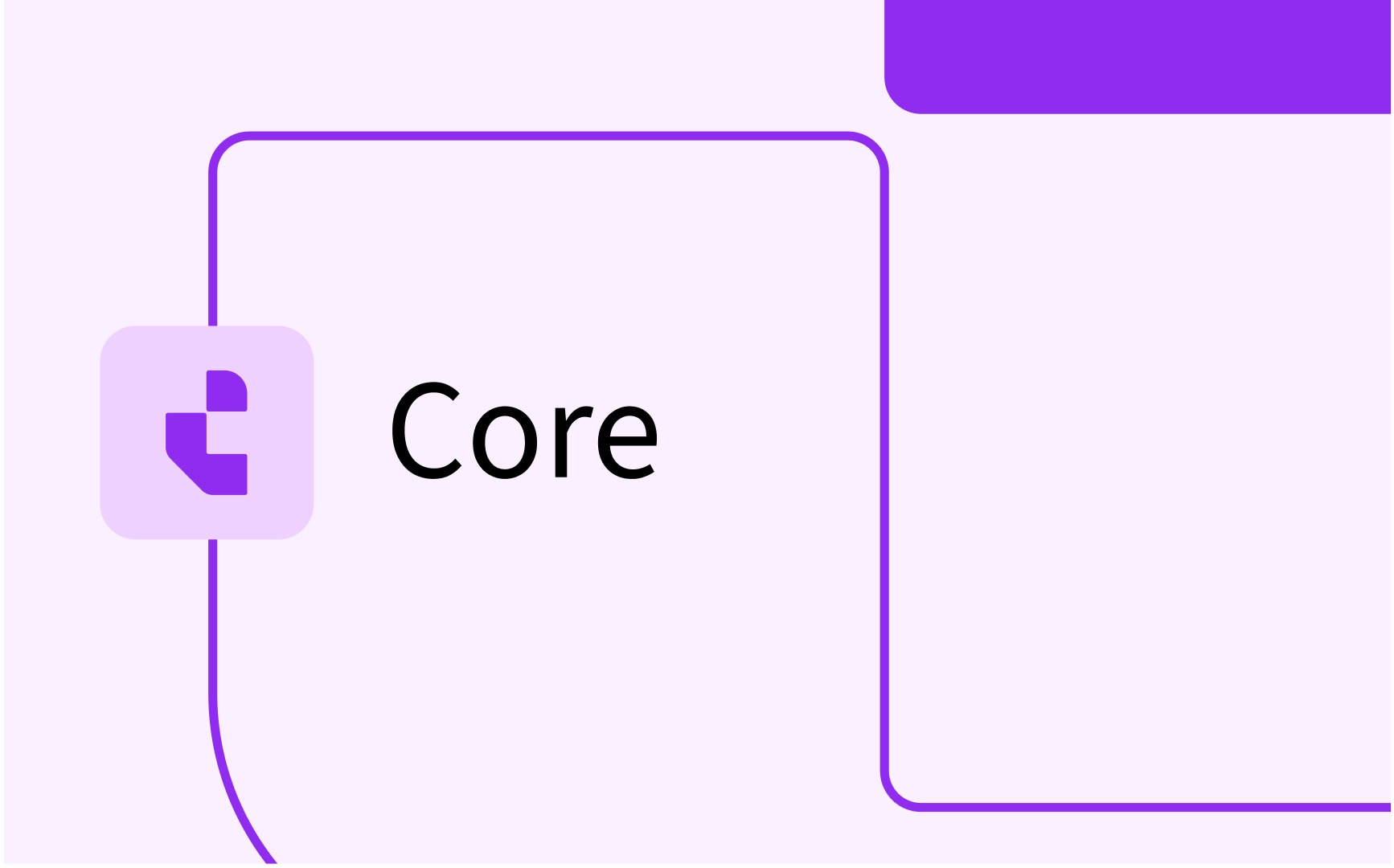Group details in Allocate

- In this lesson:
- 1Overview of the drawer
- 2Allocation section: Allocated
- 3Allocation section: Max size
- 4Allocation section: Buffer
- 5Allocation section: Hide
- 6Allocation section: Dedicate
- 7Allocation section: Linked
- 8
- 9
- 10
- 11
Overview of the drawer

General info
The General Info section provides additional details about the group, including room size information retrieved from reservations. If configured, a comment field will also appear, typically used for communication about change requests or preference collection related to the group.
Allocation
This section displays the current allocation status and configuration settings. For further details, see the Allocation section below.
Registration period
To enable student self-registration, set the opening and closing times in the Registration Periods view. If configured, these settings will be displayed here.
Note: Naming can differ depending on configuration of the product
Allocation section: Allocated

This shows the group’s current allocation status, including capacity (Max Size), buffer, and the number of allocated students. The View Students link directs users to the Student Adjustment page with a filter to view students in this group.
In this example 17 students are allocated to the group, which has a max size of 22 students, and there are 3 seats in the buffer, indicated by the shadowed section.
Allocation section: Max size

This is the maximum number of students allowed in the group, in this example max size is 22 students. Any changes require confirmation to prevent accidental updates. The system will not allow this to be exceeded when allocating or when students self-register.
Allocation section: Buffer

Buffers reserve a certain number or percentage of seats, making them unavailable for allocation or self-registration. In this example buffer is set to 5% which will be converted into 3 seats. Buffers can be used to:
- Reserve seats for late-enrolling students
- Hold spots for students with reasonable adjustments
- Allow for flexibility to help with student scheduling adjustments
Buffer can be bulk edited from the Edit button in the footer of the table.
Allocate users can override the buffer when managing a student in Student Adjustment.
Allocation section: Hide

The Hide toggle removes a group from allocation and self-registration. This feature is helpful for:
- Exclude a group which capacity is not deemed to be needed
- Exclude all groups of an activity type, where allocation or self-registration should not be done at the moment
Allocate users can allocate students to a hidden group when managing a student in Student Adjustment
Allocation section: Dedicate

Dedicate allows you to dedicate group capacity to a specific set of students, categorized by program or custom labels. Capacity is defined as a percentage, and groups can be split into multiple dedication categories. In this example, 20% of the group's capacity has been dedicated to international students. Any remaining capacity is open to all students not assigned to a dedication category.
Allocate users can override dedication rules when managing a student in Student Adjustment
Dedication category
A dedication category restricts capacity exclusively to students of that category. Students within this category can only use this dedicated capacity and cannot draw from the general, non-dedicated capacity.
Allocation section: Linked

To achieve coherent groups of different activity types within one module it is possible to link groups together into pairs. This will force students to be allocated and register into both groups. In this example Computer Lab 2 has been linked to Seminar 2.
How it works
Linking a group for Activity-A with a group for Activity-B allows students to be allocated or register for both in one step. The group with the lowest capacity, including any buffer, sets the maximum number of students across both linked groups.
Best practices when linking groups
- Ensure linked groups have equal capacity and identical buffer settings.
- Avoid combining linked tracks with hidden or dedicated tracks.
- For self-registration, verify that the registration period aligns across all linked tracks.
- Link each Activity-A group to its corresponding Activity-B group. Hide any group that are not linked.
Students not allocated to both groups
Allocation or self-registering into linked groups means that two group memberships will be created, in rare occasions this can fail and a student only becomes member of one of the groups.
If a student is only assigned to one group despite linking, adjust the student’s membership by unregistering and re-registering them via managing the student in Student Adjustment.





